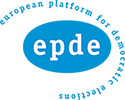"Their struggle could move any of us. Their dignity and courage a lesson for anyone of us." Why foreign artists draw political prisoners of Belarus
In a world where voices of the oppressed often go unheard, Gianluca Costantini and Rash Brax, two foreign illustrators, have stood up for the silenced. Through their heartfelt artwork and unwavering dedication to human rights, they offer hope to political prisoners, including those in Belarus. In their interviews with Viasna, Gianluca and Rash open up about their creative process and what drives them to support the marginalized.
Gianluca Costantini has been drawing and narrating human rights violations for the past 20 years, but Belarus has only been in my sights for a few years.
“My first drawing dates back to 2020 and was about a violently repressed demonstration. Later I started drawing some cases of arrested people. At the same time I read a beautiful book by Saša Filipenko entitled "Ex son" which explained many things about Belarus to me.”
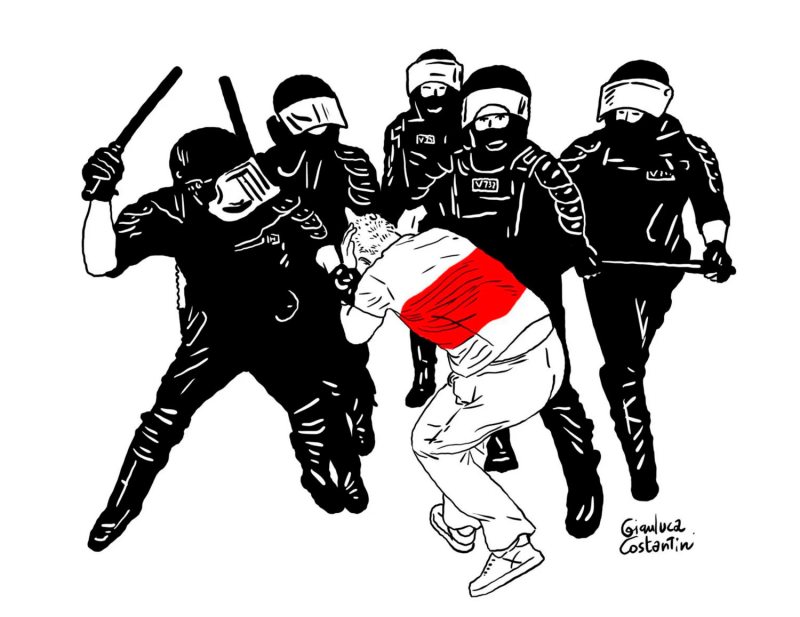
“Several years ago, I was lucky enough to briefly meet Ales and then Valiantsin”, Rash comments.
He was outraged to see such blind and disgusting repression of peace activists in Belarus, particularly when he learned that Ales Bialiatski and Valiantsin Stefanovic had returned to prison.
“I was impressed by their courage, self-mocking humor and humility. I have great admiration for people who remain pacifist and calm in the face of violence, arbitrariness and hate. For me, Ales and Valiantsin are models of dignity.”
“I started drawing on Viasna because I felt powerless, but wanted to bring some poetry and creativity to it. It's probably pointless and derisory. But dictators and bureaucrats are devoid of poetry and creativity.
It's very modest, perhaps useless. But it's important for me to show a small sign of solidarity from France.”
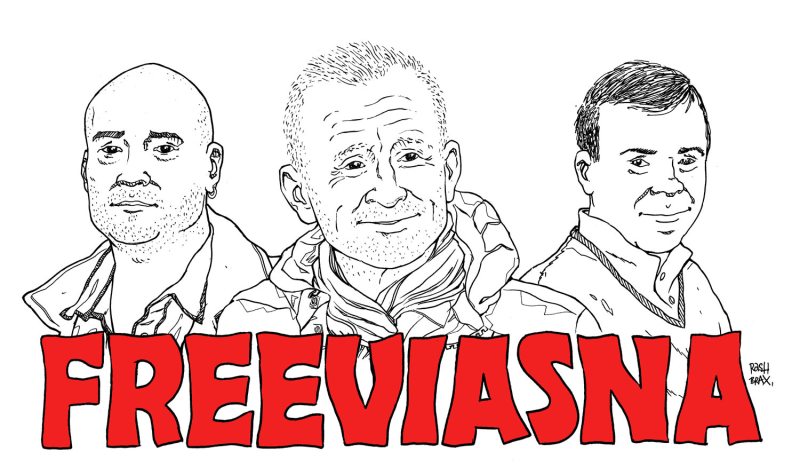
“When you see Ales, you have no right to be discouraged and unmotivated.”
Rash Brax elaborates:
“When he's sentenced to 10 years in prison by one of the world's harshest dictatorships, he reacts with a smile. And by smiling, he shows them that he's simply more human and stronger than they are, even if he's unarmed and behind the bars.”
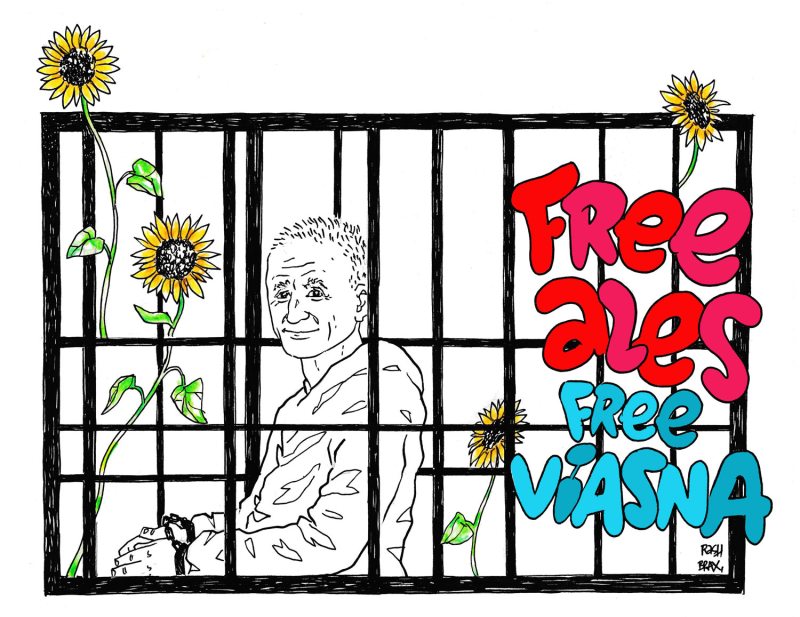
Gianluca Constantini affirms that in order to work in human rights you must always be positive in the future and know that everything can be improved. Many people he has followed in many parts of the world have been freed.
“Seeing my drawings in squares all over the world gives me great motivation to continue. For example, having given the original drawing to Mikalai Dziadok's father and receiving a photo of him with the drawing in his hand is a great satisfaction.”
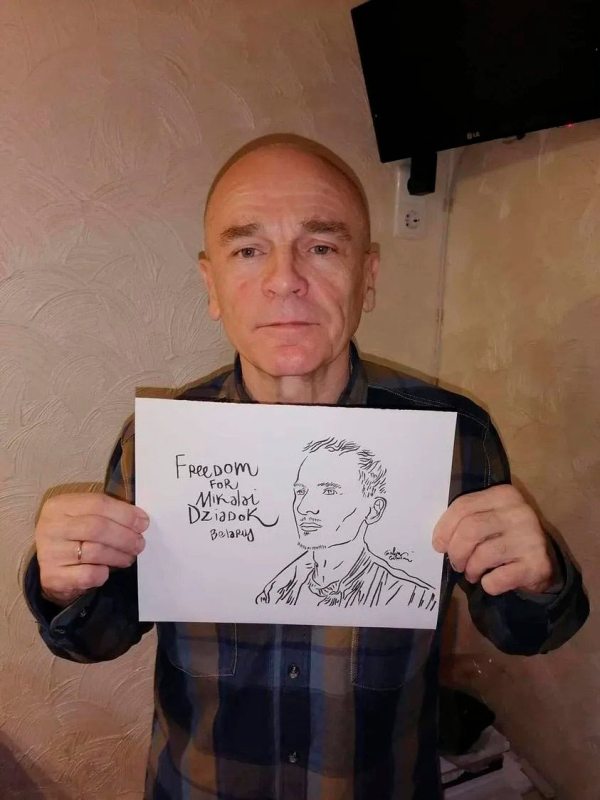
“My aim is to protect political prisoners with drawings and to help activists and families in their request for release.”
“The portraits I've made are all of political prisoners, and when I start drawing for a particular country, then people come to my aid. They give me advice, direct me to certain characters. I am in contact with some Italian groups and with the Belarusian Council for Culture.”
“Almost always it is the others who ask me to draw a particular person, they are almost daily requests.”
Gianluca says that he tries to address every request, but firstly looks up who the person he’s drawing is.
“People who are deprived of freedom of expression or movement are my main subjects.
As far as Belarus is concerned, there are endless people to portray and defend, but I focused on some who seemed more important to me, such as Katsiaryna Barysevich and Ihar Losik.”
Constantini is convinced that art communicates the most uncomfortable themes in a different and more empathetic way.
“Drawings, but also comics are very powerful in communicating especially on social media. Many campaigns that have used my designs have been successful and I am very proud of them. People stop their gaze. But perhaps it has always been like this, art has always been political, from the one used for propaganda to the one used during revolutions.”
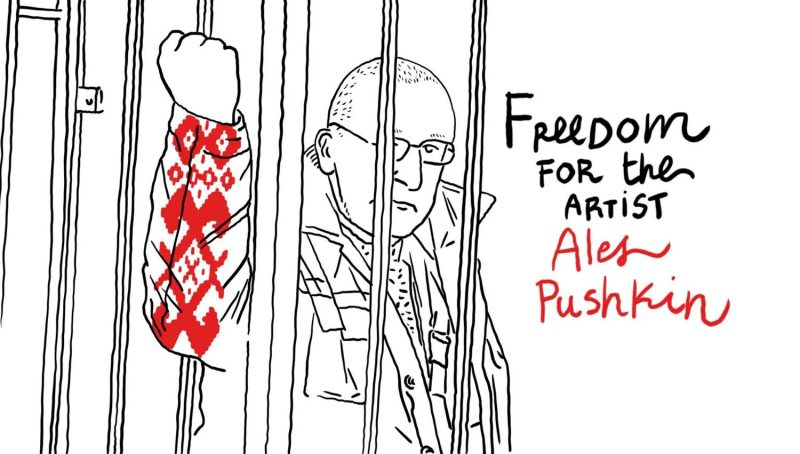
“Art has always influenced society, it is a naive vision that wants us to believe that artists live in their own world. Our task, indeed I would say duty, is precisely to try to change the rules thanks to a different vision.”
Gianluca Costantini is interested in art that interacts with the community, art that shares and does not impose. As far as he’s concerned, art is a way to navigate discomfort, conflict, helping others, a way to work with the political and civil space.
“Art helps me not to look the other way.”
For Rash, on the other hand, his impact seems to be very random.
“I do drawings for NGOs, human rights activists or threatened journalists, who can do what they want with them! Sometimes it's published, sometimes it stays on social networks. One day I made a comic book about the wars in Chechnya. When it was published, I gave it to two of my Chechen colleagues. They laughed and cried at the same time as they read it. It really moved me.”
“A few years ago, I did several drawings for a human rights defender who was in jail in Bahrain. One day, he phoned me from his cell. He didn't have the chance to see my drawings, which his son described to him each time they were published. We laughed and promised to meet again. The kind of promise you make in a moment and then forget. He didn't. That winter, I got a call. He was passing through Paris. We had a coffee, a laugh and I gave him my drawings.”
One day, a Memorial human rights activist Oyub Titiev was in a cage at his trial in Grozny. The trial was fabricated. There's a photo of a member of the FIDH handing him a drawing Rash has made of him, and that defender of freedoms laughs in his cage. The drawing was published in Novaya Gazeta.
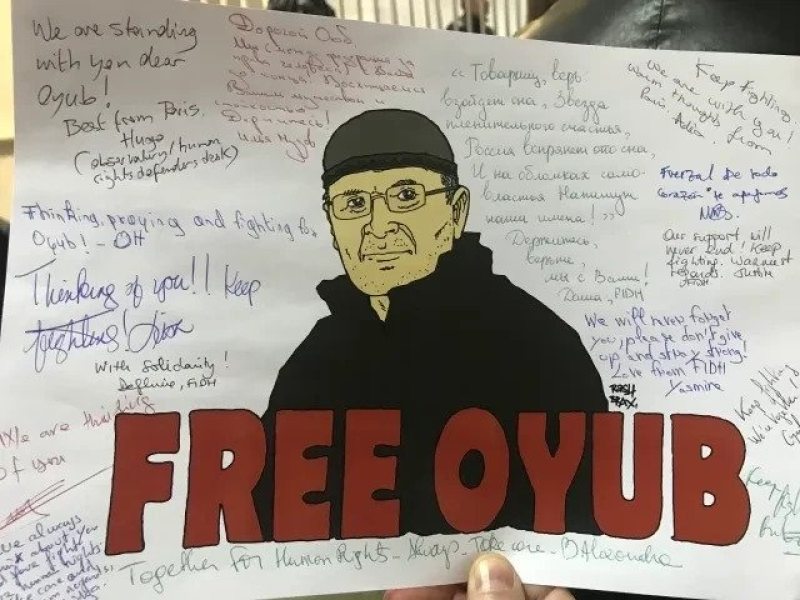
“My drawings have no other ambition. Sometimes they are useless. Sometimes they bring a little warmth and humor. Sometimes they attract a little extra attention.”
“When I did Marfa's [Rabkova] drawings, I looked at the photos and how she dressed. I saw someone who loves life, dressed in flowery dresses and smiling. That's what I wanted to show in my drawings. Faced with these brutes and heartless bureaucrats, life and love are stronger than their hate.”
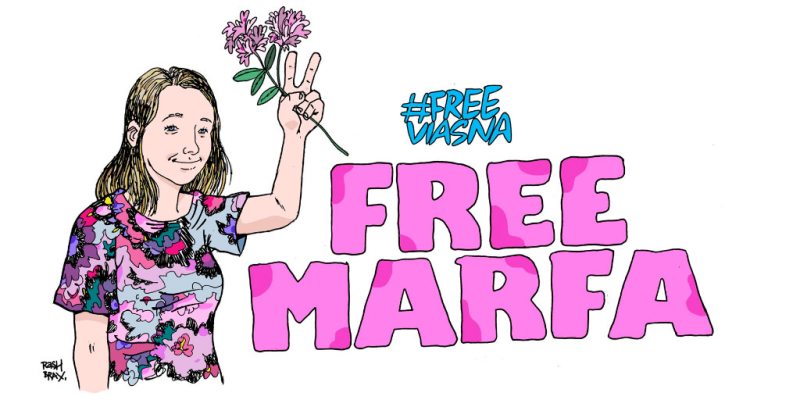
“That's how I see Viasna and many other activists in Belarus. Their struggle could move any of us, even if we've never set foot in Minsk, because their humanity is simply universal and their dignity and courage a lesson for anyone of us too.”
More art by Gianluca Costantini and Rash Brax.

















